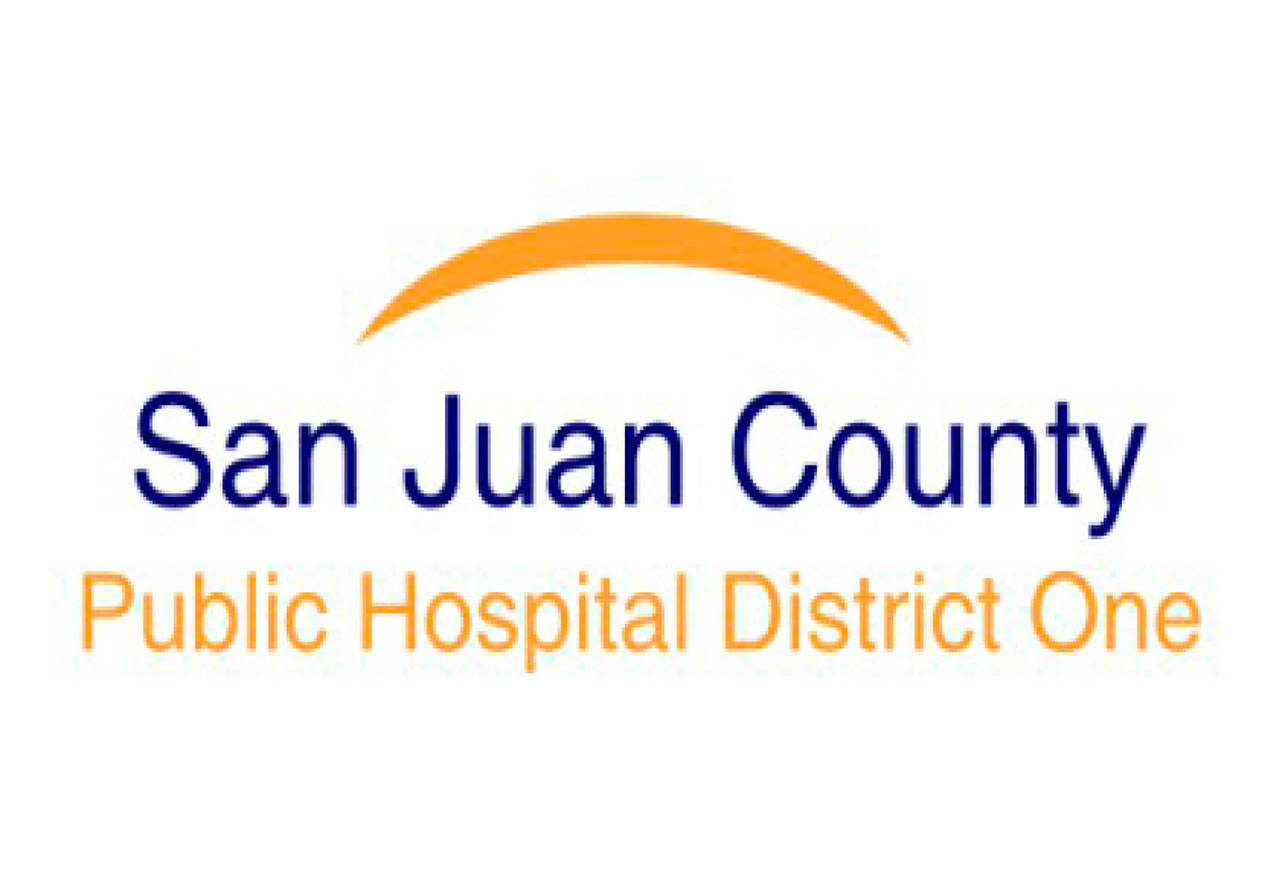In its roughly 28 years, the San Juan County Public Hospital District No. 1 has retained health care services in a rural area, after near financial collapse, and contracted with a provider to build a hospital on island. As the district grows, what additional services could be offered?
1973: Inter Island Medical Center opens a roughly 10,000-square-foot building on Spring Street.
1989: San Juan County Public Hospital District No. 1 is formed to help support IIMC as it starts to face financial hardships. The district covers the Town of Friday Harbor, most of San Juan Island, as well as Brown, Henry, Johns, Pearl, Spieden and Stuart Islands.
1994: San Juan County residents vote to pass an EMS to fund the organization.This levy is voted on every six years.
2009: Commissioners unanimously sign a contract that gives PeaceHealth the right to build and operate a Critical Access Hospital for 50 years. CAHs are designated to improve health care by offering “essential services.” PeaceHealth shoulders the financial liability and expects profits by year four.
The contract includes a subsidy of $1,143,000 which is collected from taxes from the permanent hospital levy established when the district was formed in 1989. These funds will subsidize healthcare at PIMC.
Continuing the operation of IIMC would have raised taxes to add funds to the levy. IIMC was reimbursed at a doctor’s visit rate and Medicare reimbursements were declining for those fee-for-service clinics, but not for CAHs. The medical center staff had to clear roughly $500,000 in bad debt from the center’s books before the hospital district could work with PeaceHealth.
2010: The first amendment to the subsidy agreement is added, which defines services PIMC offers, like charitable services, which includes some reimbursements by the district to cover patients who cannot afford to pay for health care.
2011: IIMC continues to face physician shortages and considers suspending some 24/7 service (not including EMS) to make up for lost funds. The cost to pay for doctors to see patients after business hours, coupled with the low reimbursement rates for emergency services charged as doctor visits continue to put IIMC in the red.
2012: Construction of the $30 million medical center finishes on budget and on time. Staff grows from about 25 mainly full-time to about 55.
PIMC staff, in the 37,500-square foot building, provide services not previously offered to islanders, including outpatient surgery, 10 beds for overnight stays, chemotherapy, diagnostics and imaging. Services still not provided on island include planned major surgeries and births. The cost of keeping an anesthesiologist on staff for limited procedures is one reason services like these are not offered.
In March, the commission adds the second amendment to the subsidy agreement, which defines physicians’ medical credentials needed at PIMC.
2013: In March, the board approves to sell the now shuttered IIMC for $1.25 million, which remains for sale in 2017. It currently costs $30,000 a year, to maintain the empty building, according to Commissioner President Bill Williams.
2015: The American Civil Liberties Union of Washington files a lawsuit on Feb. 19 against a Skagit County public hospital district. The ACLU said the district is in violation of state law for failing to provide abortion services at a publicly funded medical center.
The ACLU sends a letter to the SJC Public Hospital District No. 1 in July, stating the district is performing a similar violation. The attorney for the SJC Public Hospital District No. 1 sends a reply letter in September, stating that the state law does not require a public hospital district to provide abortion services in its subsidy, but state entities do, like counties, cities and towns. The types of maternity services are not listed in the state statute, wrote the attorney, so even if the district offers some maternity services (like prenatal screenings and some forms of contraception), it does not supply all maternity services (like planned birth deliveries).
In November, Barabara Sharp, Monica Harrington and Bill Williams are elected to the SJC Public Hospital District No. 1 after a heated debate amongst voters on whether the district should fund services PIMC doesn’t offer as a Catholic non-profit, like a full range of maternity services (which includes abortions) and end-of -life care (which includes Death with Dignity prescriptions).
2016: In June, a Skagit County Superior Court Judge rules that public hospitals must offer abortions. PIMC is a Catholic non-profit.
In November, SJC Public Hospital District No. 1 passes the subsidy agreement’s third amendment to transfer some subsidy funds from PIIMC to other island vendors that offer services the hospital does not currently, nor plans to offer. PeaceHealth officials assure the funds will not affect services currently offered.
A list of nine items the commissioners would like the hospital to provide is given to PIMC staff. Staff explains they cannot provide the full range of maternity services, including elective abortions, as a Catholic non-profit and continues to review the other items.



